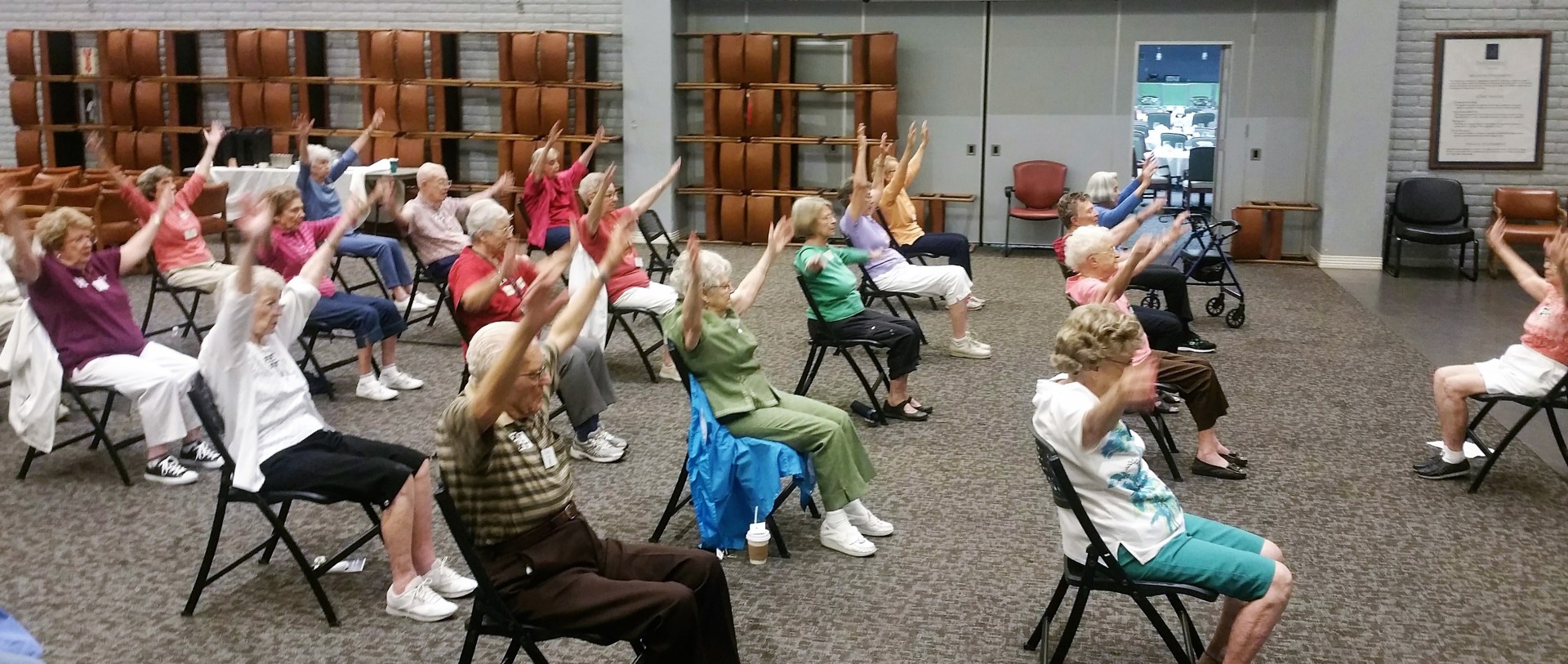When I was thirty, I would hop out of bed and charge into my day. Today, over thirty years later, I can assure you this is no longer the case. Rather, it is a roll to the edge of the bed, a slow rise to standing, and a number of steps to get the juices moving in my muscles and joints. There isn’t a date I can point to when this change in my mobility occurred, but it has certainly occurred. However, this is normal since, as we age, there are changes that occur in the extensibility of connective tissue, the viscosity of the spinal discs, the cartilage in our joints, etc.
Then there are the various conditions that will contribute to impair our mobility which include a variety of orthopedic, neurological and medical problems.
For example, hip pain may indeed be due in part to osteoarthritis but there can be a number of other factors that are contributing. There could be a pelvic base dysfunction, a hip capsule restriction, or even a patella (knee cap) tracking issue, all of which can be compounded by myofascial restrictions. There are also a variety of painful conditions that can be alleviated by restoring postural relationships and proper joint bio-mechanics.
Pain can arise from a variety of sources, telling us there is something wrong. Pain, as a result of a medical disease, would need to be ruled out by your personal physician. Orthopedic problems are a very common source of pain; however, the presence of degenerative changes in joints should not be accepted as the full explanation of your pain. It is frequently accompanied by changes in positional relationships or altered joint mechanics that create improper forces and loading across the compromised joint. By addressing myofascial restrictions and adaptive shortening of soft tissue, pain can often be reduced or even eliminated.
Neurological problems include conditions such as strokes and Parkinson’s disease. Over time, these conditions can progress and have a profound impact on mobility. Falls that cause hip, shoulder and wrist fractures and head trauma with the subsequent disabling consequences lead the procession as the primary cause of loss of functional mobility. Are all falls unavoidable? The answer is certainly not. There are numerous factors that contribute to the impairment of balance which can include some very subtle bio-mechanical dysfunctions.
Some of us will experience difficulty with the activities of daily living or ADLs. This includes bathing, dressing, eating, etc. There are a variety of techniques and/or adaptive equipment that could enhance one’s functional abilities, or perhaps energy conservation strategies could improve your tolerance of the day to day activities. Additionally, there are many interventions that Rehab can employ to restore or improve impaired mobility and the ability to function safely as well as address and provide relief for many painful conditions.
It is much easier to regain functional abilities without having to overcome the disabling consequences of a trauma. Rehab would want to see folks before a traumatic event such as a fall resulting in a fracture and hospitalization. If you are uncertain if you have a condition that could be favorably influenced by rehab, you may want to start with your personal physician. You could also, if you like, stop by the rehab department with your questions and concerns.
So as we age and we begin to lose the elastic component of our connective tissue, the fluid is lost from our inter-vertebral discs, and the cartilage is disappearing from some our favorite joints, we will inevitably slow down and lose some of mobility. However, severe impairment in mobility does not need to be accepted as inevitable. If this sounds familiar, stop by and see me in the Therapy Department, or call me at x6153.*








 That’s the pressure inside your eye. Measuring it can find early signs of glaucoma, one of several common eye disorders that can appear without much warning.
That’s the pressure inside your eye. Measuring it can find early signs of glaucoma, one of several common eye disorders that can appear without much warning.













 Grand prize is four tickets plus a parking pass to Wet N’ Wild Phoenix Water Park!
Grand prize is four tickets plus a parking pass to Wet N’ Wild Phoenix Water Park!






